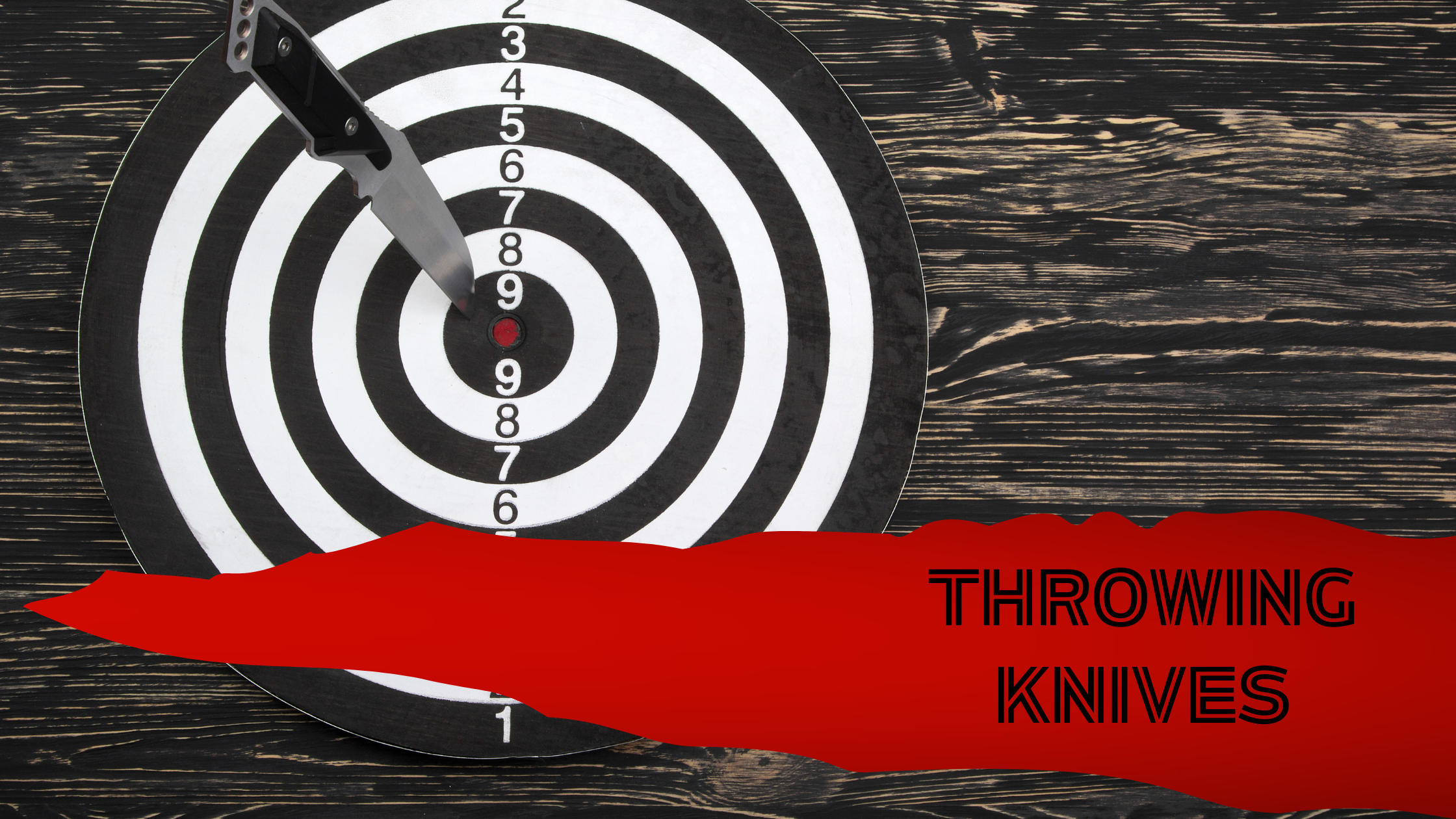The Skinny On Throwing Knives
Posted by Knifeworks HQ on 15th Aug 2023
Throwing knives have been a source of fascination for countless individuals throughout history, encompassing a unique blend of artistry, skill, and practicality. From the ancient civilizations to the present day, the story of throwing knives spans across diverse cultures and is as rich as the individuals who have honed their techniques.

Throwing knives have a rich history that dates back to early human civilizations. In ancient times, our ancestors relied on sharpened sticks and basic stone tools for hunting and self-defense. As metalworking techniques advanced, throwing knives became more sophisticated weapons. Notable civilizations such as Ancient Egypt, Rome, and China embraced the use of throwing knives in their military strategies and martial arts traditions. Throughout history, these versatile tools have played an integral role in various societies' combat practices.
Knife throwing is a highly enjoyable and educational activity that allows individuals to acquire new skills while having a great time. Many people are drawn to the art of knife throwing due to its rich historical significance, as well as the presence of thrilling global competitions. The wide range of knives and other weapons used in this practice adds an exciting element, requiring significant expertise for mastery. Additionally, participating in knife throwing provides an excellent opportunity for socializing with like-minded individuals who share a passion for bladesmanship.
There is a plethora of options available for throwing enthusiasts when it comes to selecting the best throwing knives. In addition to knives, axes and tomahawks can also be utilized as effective throwing tools. It is worth noting that certain competitions may impose restrictions on the type or size of knives permitted. Ultimately, this diverse range of choices empowers individuals to engage in various forms of throwing activities according to their personal preferences and interests.
When selecting a throwing knife, there are several important factors to consider. First and foremost, the length of the knife is crucial. For beginners, longer knives measuring at least twelve inches are recommended as they spin at a slower rate, making it easier to improve throwing technique. On the other hand, shorter knives will rotate more quickly.
Another key aspect is the absence of handles or grips on dedicated throwing knives. This is because handles can disrupt the knife's center of balance, compromising its accuracy. Additionally, it is essential for the knife to have rounded corners, dull edges, and a sharp point for optimal performance.
Durability is also a vital consideration. The tip of the knife should be thick enough to withstand numerous impacts without bending or breaking. It is advisable to avoid low-end knives made from cheap metals that are prone to cracking or snapping in half and denting easily.
Furthermore, a balanced knife is advantageous as it allows for practice throwing from both ends. This versatility enhances skill development and technique refinement.
Lastly, weight plays an integral role in selecting a throwing knife. It is recommended that the knife weighs between ten and twelve ounces to ensure sufficient momentum during throws.
By considering these requirements when choosing a throwing knife, you can ensure an optimal experience that promotes skill advancement and accuracy.
Most importantly, have fun and always be safe!

